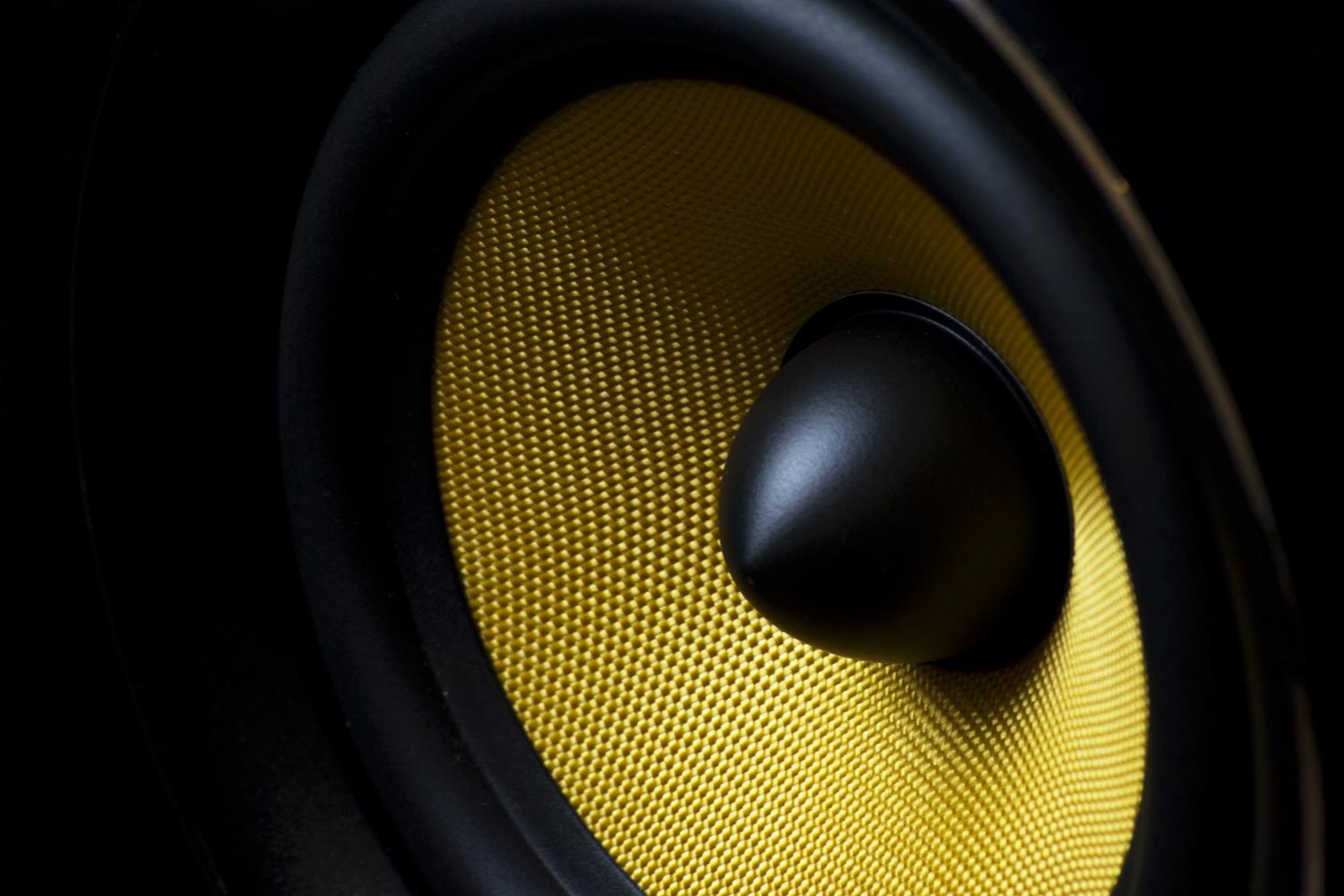HUG is the Harbeth user group. This forum is firmly moderated with active participation of Alan Shaw, owner and chief designer of Harbeth.
A member of the HUG posted this. I thought several of his “facts and opinions” were interesting and worthy of our consideration and possibly discussion. I hope we don’t start repeating what has been discussed in the “subjective vs Objective” thread.
So here they are:
HUG Member: Goergenchr
Alan Shaw
A member of the HUG posted this. I thought several of his “facts and opinions” were interesting and worthy of our consideration and possibly discussion. I hope we don’t start repeating what has been discussed in the “subjective vs Objective” thread.
So here they are:
HUG Member: Goergenchr
Regarding point 6 - rheobase.“Hard facts:
- The deficiencies of speakers are by magnitudes greater than those of electronics.
- Electronics can be tested solely by measurements.
- The signal consists of only one voltage per time.
- The human ear needs appr. 4 full cycles to identify the frequency of a tone.
- Every complex acoustic signal can be synthesized only with sinusoid waves. It is an approximation.
- The human hearing acuity including so called resolution is not infinite. See for rheobase and chronaxy.
- 16/44 Is sufficient.
- There is no spatial 3d information in the signal. It is stereo, a left to right difference in loudness and running time. It‘s all in the signal. Two times mono. Height, depth etc. is a conceit. That is what stereo was invented for. It‘s not your fault or weakness. For height a second pair of speakers is necessary. With different signals, recorded from different microphone (higher) positions.
- Hearing stops in the ear, the processing happens in the brain (summation and integration of the two monaural impressions, added from two quasi omnidirectional radiating speakers and the room surfaces).
- You can spoil the performance of the best speakers by mispositioning.
- The only relevant performance is the one in your listening room. No doubt allowed.
- The purpose of music reproduction is fun.
- Any professional detection or analysis of acoustic signals is done by technical devices, because they are faster, more sensitive and more reliable.
- The frequency range we are competent to analyze the best is the range of human speech. The best recording for testing is a recording of a well known voice (not your own). Not music. Any beloved song is overloaded with sentiments.
- A monophonic voice recording could relieve you from seeking the best interspeaker position or any matching issues.
- Before you go out for speaker testing, listen to familiar voices with eyes closed. Is there three-dimensionality? Can you certainly discriminate throat and chest as sound generators? And if, what is it good for? What exactly do you miss when you listen with your current gear? Do you know?
- Whatever we purchase, someday we‘re tempted to revise our decision.
- 80% of these views or conceptions did I gather here on HUG.
- So objectively our possibilities to buy the best speaker ever are limited. Get over it.
Chronaxy“
Rheobase is a measure of membrane potential excitability. In neuroscience, rheobase is the minimal current amplitude of infinite duration (in a practical sense, about 300 milliseconds) that results in the depolarization threshold of the cell membranes being reached, such as an action potential or the contraction of a muscle.[1] In Greek, the root rhe translates to "current or flow", and basi means "bottom or foundation": thus the rheobase is the minimum current that will produce an action potential or muscle contraction.
”
“
Chronaxie is the minimum time required for an electric current to double the strength of the rheobase to stimulate a muscle or a neuron. Rheobase is the lowest intensity with indefinite pulse duration which just stimulated muscles or nerves.
”
Alan Shaw
Last edited by a moderator:


